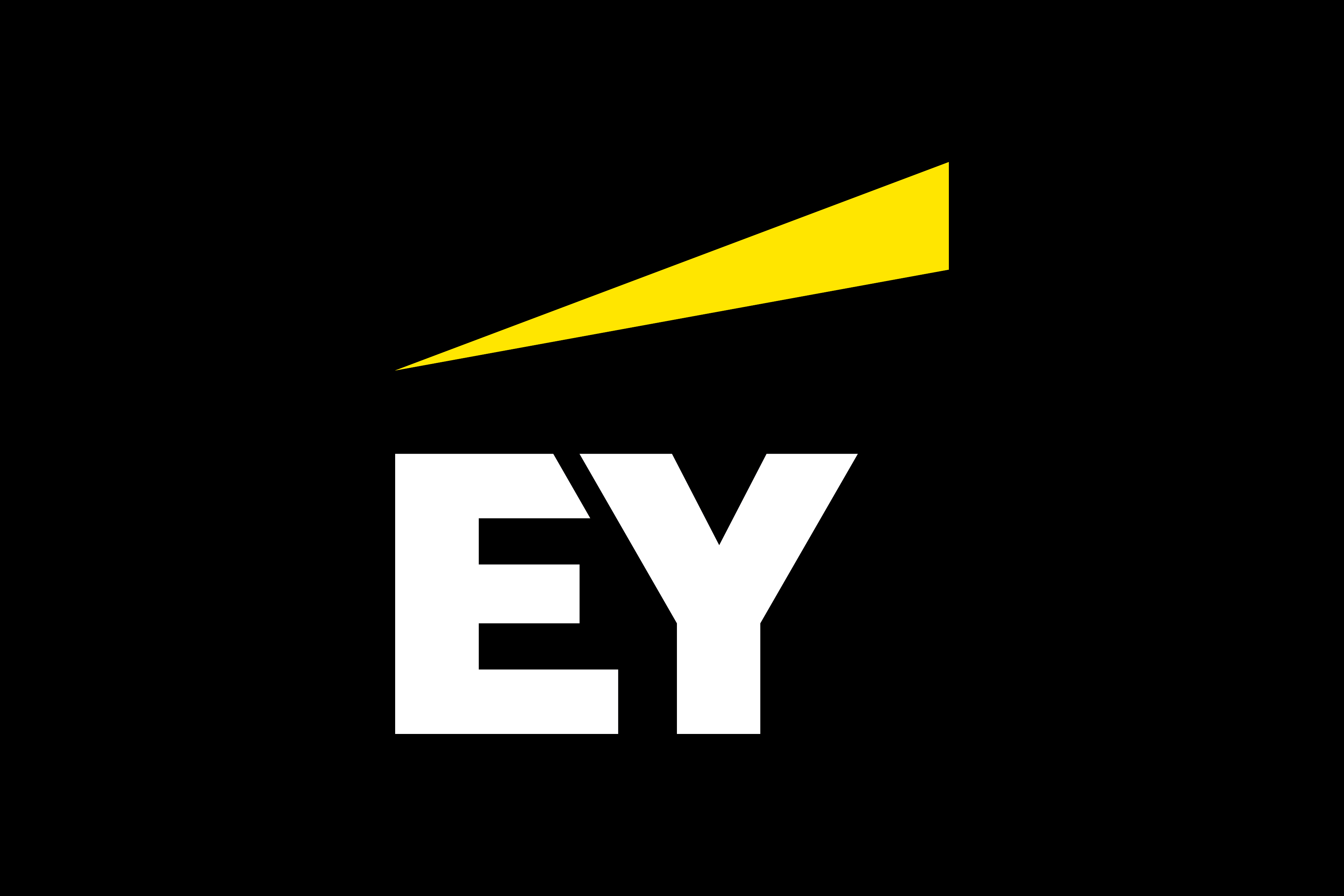EY refers to the global organization, and may refer to one or more, of the member firms of Ernst & Young Global Limited, each of which is a separate legal entity. Ernst & Young Global Limited, a UK company limited by guarantee, does not provide services to clients.

Estimating the value of patient data and unlocking that value in the UK’s National Health Service can help fuel health care innovation.
Unlocking the power of health care data to fuel innovation in medical research and improve patient care is at the heart of today’s health care revolution. When curated or consolidated into a single longitudinal dataset, patient-level records will trace a complete story of a patient’s demographics, health, wellness, diagnosis, treatments, medical procedures and outcomes. Health care providers need to recognize patient data for what it is: a valuable intangible asset desired by multiple stakeholders, a treasure trove of information. Quantifying and realising the value of this asset for the UK’s National Health Service (NHS) is the focus of our recent paper, which considers in more detail how to approach this challenge.
Among the universe of providers holding significant data assets, the United Kingdom’s National Health Service (NHS) is the single largest integrated health care provider in the world. Its patient records cover the entire UK population from birth to death.
We estimate that the 55 million patient records held by the NHS today may have an indicative market value of several billion pounds to a commercial organization. We estimate also that the value of the curated NHS dataset could be as much as £5bn per annum and deliver around £4.6bn of benefit to patients per annum, in potential operational savings for the NHS, enhanced patient outcomes and generation of wider economic benefits to the UK.
Drivers of health care data value
Though all data can have value, this will vary depending on its characteristics. Characteristics that affect value of health care data can be categorized into four main pillars:
- Nature (data type, availability, exclusivity, granularity and source)
- Data quality, maturity and embedded analytic insight (is the data raw, curated, aggregated longitudinally, analyzed?)
- Complexity of data capture (open source or paid, auto-collected or not?)
- Use/application (The data’s potential impact, limitations on its use)
Valuation approaches to consider
We see two primary approaches to quantifying the value of data:
- A ‘top down’ or market-based approach, which estimates the value of a dataset based on its profile and on the observed market pricing of functionally comparable data assets. Market pricing is analyzed by calculating the implied “per record” valuation multiples of comparable data assets or valuation multiples of companies with significant patient data assets.
- A ‘bottom up’ or income-based approach, which quantifies value based on the economic benefit to be generated from the curated dataset. Value can be expressed in terms of economic uplift (benefits to patients and the UK economy) and commercial opportunity (incremental profit or licensing income generated from a successful business deployment of insights gained from the data).
Application of the “Market-Based Approach”
Datasets (both digital and paper) are held by NHS data controllers, e.g. NHS Trusts for secondary/tertiary care and by Clinical Commissioning Groups (CCGs)/General Practitioners for primary care. We assume that the patient records fall into the following categories and in each we know the approximate number:
- 55 million longitudinal primary care records,
- 23 million episodic specialty care patient records, and
- 100,000 DNA codes of patients with cancer, rare diseases and infectious diseases collated by Genomics England.
The value of these datasets increases when they are linked. Given the implied or observed pricing for patient data based on a detailed review of market transactions and company valuations, we can estimate ranges of market value for NHS datasets: for example, EHR/EMR data has an estimated value typically <£100 per patient record, but between £1000–5000 per record when combined with genomic and phenotypic data. Overall, this suggests NHS patient data holds an indicative market value of several billion pounds to a commercial organization.
Application of the Income Approach
The NHS, through its analysis of the patient-level data it holds, can unlock significant operational savings, enhanced patient outcomes, and wider economic benefits through the application of ‘big data’, artificial intelligence (AI) and personalized medicine (PM). Economic analyses highlight that ‘Big Data’ will materialize first, followed by AI, and then PM last but with potentially the most significant long-term impact. We have estimated that the value to the NHS in terms of operational savings, enhanced patient outcomes and generation of wider economic benefits to the UK could be as much as £5bn per annum and deliver around £4.6bn per annum of benefit to patients.
Conclusion
The curated NHS data set is an intangible asset with a current valuation of several billion pounds and a realization of £9.6bn per annum in benefits (i.e., the NHS benefits worth £5bn per annum and the patient benefits worth £4.6bn per annum) that could be unlocked following the generation of insights. There will be significant process and technology costs associated with aggregation, cleaning, curating, hosting, analyzing and protecting the transformation of these raw data records into a consolidated longitudinal patient-level dataset. To ensure success the NHS and the UK government will need to partner with companies that can help unlock these valuable patient insights. Ultimately, analysis and insights generated from this unique NHS dataset can help the UK government achieve its health priorities on prevention, care and costs, place the NHS and the UK at the forefront of health care innovation, and make the NHS the envy of the world.
Schematic of impact framework for estimating the economic benefits and uplift
Summary
The UK’s National Health Service is a unique repository of patient data. That data could generate several billion pounds in revenues based on analysis of commercial value of comparable datasets. Moreover, these NHS datasets can enable the rise of Big Data, AI and Personalized Medicine, potentially realizing up to £9.6bn per annum in benefits to patients and the UK economy.
Related articles
Life Sciences 4.0: securing value through data-driven platforms
Embracing the data-driven Life Sciences 4.0 paradigm is both a global urgent need and an opportunity. EY explores this vital issue.
How EY can help
-
Our Smart Health solutions can help your business become a smart health organization. Learn more.
Read more




